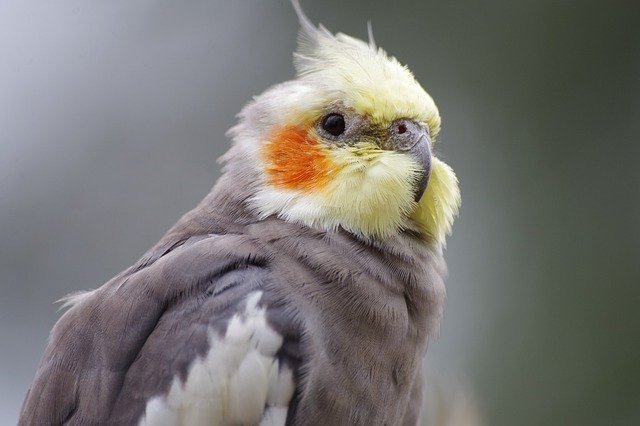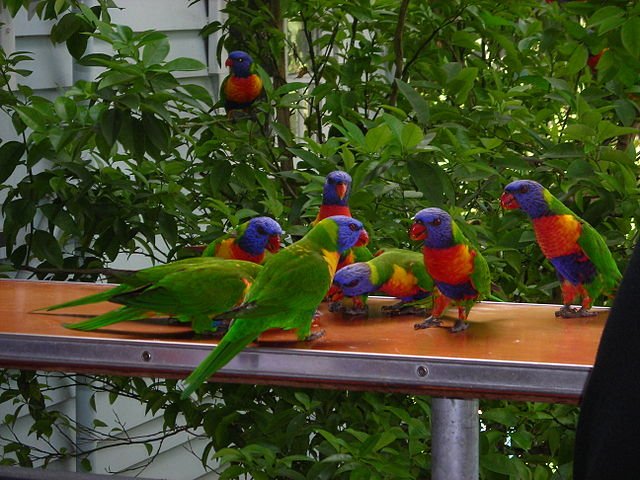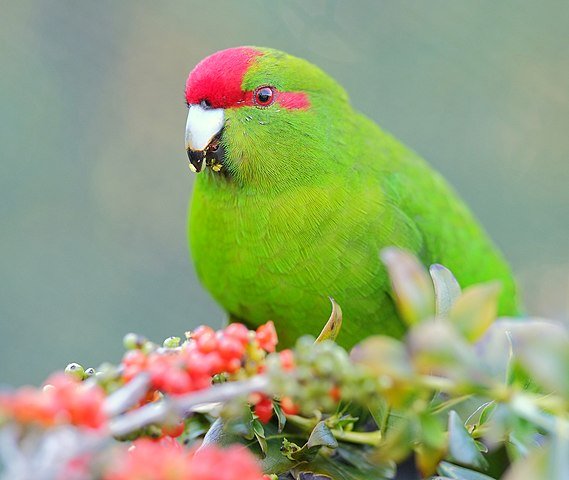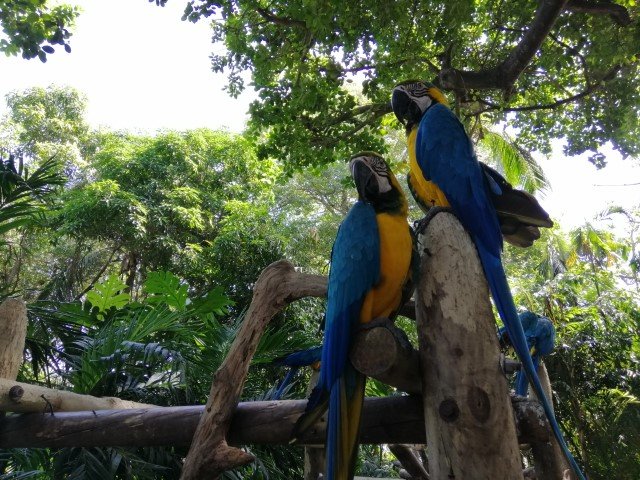Today, the majority of the household across the globe pets some animal species. And where previously, this exclusivity was with the dogs and cats, the feathery beings stand them at par today. With pet parrots standing at the peak of the pet bird world pyramid, there is a need for heightened awareness to be able to offer the best lives these little beings can have. Also, with many parrots dying suddenly, especially in the beginning few days of joining their new family indoors, the new parents must know the good and bad for their parrots.
Let’s get into the nitty gritty of what parrot owners might be doing, intentionally or unintentionally, to kill their feathery family member all of a sudden.
When did you check his water last?
A peach-faced lovebird’s owner saw his little parrot wobbling uncontrollably on the perch with his eyes almost shut. The parrot was taken to the vet immediately and was diagnosed to be severely dehydrated. The culprit was the water bottle malfunctioning. The delivery tube of the water bottle got stuffed accidentally and the bird went without water for a day or so. As per experts, most birds would die of dehydration in three days. So, keep checking on the water supply; bottle, or bowl, and make sure that there is no interruption.
Are you feeding poison to your parrot?
Any kind of gas or fumes can prove to be poisonous for the little bird and can cause your parrot to die suddenly. Many owners risk their parrot’s life, more often than not unknowingly, by exposing them to various fumes coming out from non-stick cookware, covers of the iron boards, certain heat lamps, et al. The common culprit here is the PTFE. i.e. polytetrafluoroethylene.
Additionally, smoke/vapors from cigarettes, bleaches, or aerosol products can cause respiratory blockages slowly leading to sudden death. The best way is to keep the parrot away from the kitchen area or places where he might inhale such poisonous fumes.
Is your parrot suffering from night fright?
Night fright is one of the most common causes of sudden deaths that happen in the pet parrot world. And the species that are more prone to it are cockatiels; and budgies, and finches, in that order. Any disturbance during the otherwise calm midnight can make parrots panic. As an instinct, the bird might feel in danger, and in a bid to save himself, he will move up in the air to fly away. And all that happens next is a strong thrashing of the parrot’s sensitive body against the cage ceiling. Many times, night fright leads to the death of the parrot instantly due to intense internal injuries.
Not all plants are life-givers!
A cockatiel owner, one day, found his loved parrot dead with no apparent reason to spot. When diagnosed by the vet, the poor parrot had certain toxins in his system that entered his body when he chewed upon a plant called Oleander. A stunning flowering plant, Oleander is a famous but extremely toxic plant native to Florida. Hence, before placing any plant in your pet parrot’s cage, make sure it is only a life-giver.
Are you feeding the baby parrots the right way?
For most of the baby parrot owners, hand-feeding simply includes serving the baby formula to the chick with the help of a syringe. But little did they know that there are other things too, that must be considered. And the foremost among all is the temperature of the food. Feeding food at too low temperature often slows down the gastrointestinal tract functioning. This can prove fatal one day if not tended to well.
Additionally, many other factors can act as a preparation ground for the sudden death of the bird one fine day. Such factors could be improperly mixed baby formula, use of dirty utensils during preparation, forceful feeding leading to aspiration pneumonia that leads to sudden death instantly or a painful death with the baby silently suffering for a few days initially. Hence, hand-feeding must always be attempted under expert supervision in the beginning.
Are you making your parrot catch diseases?
Many owners love to take their parrot out for bird shows or club meetings. But such parties can be very dangerous, especially to baby parrots. These meeting places are a hub for diseases with viruses like polyoma, chlamydiosis, giardia, Psittacine Beak & Feather Disease among many others. Exposing your pet parrot to other birds even if the others have been vet checked can be dangerous as many diseases take time to even show up in medical diagnosis.
Another way an owner can make his parrot catch disease is by adding a new cagemate to his old parrot’s cage. The new parrot might be carrying any disease or acting as a carrier for the virus. If added to the cage without taking preventive measures, it could prove fatal for the existing parrot family members. The best way is to quarantine the new bird in a separate room for at least one month and preferably two. This is the usual time that a few diseases might take to come to the surface even if the bird has been vaccinated before adoption.
Lastly, one might be transferring certain bacteria to his parrot by making certain physical contacts like kissing with an open mouth. Human saliva contains certain fungi and bacteria that can cause sudden death of the parrot as they have a far more sensitive system than us.
Are you frying up your parrot?
Parrots aren’t made to bear heat above certain temperatures. This could start frying them from inside leading to a sudden death one day. It is always advised to keep them away from direct sunlight coming through the windows or car windows while on the road. Also, keep a check on the brooder’s temperature while it’s on.
Summing Up
That was a list of just a few of the reasons that could make anybody’s parrot die suddenly. And all of them are unfortunate events of what happened to some of the real parrot owners. Hope we all succeed at avoiding the mistakes they made.



